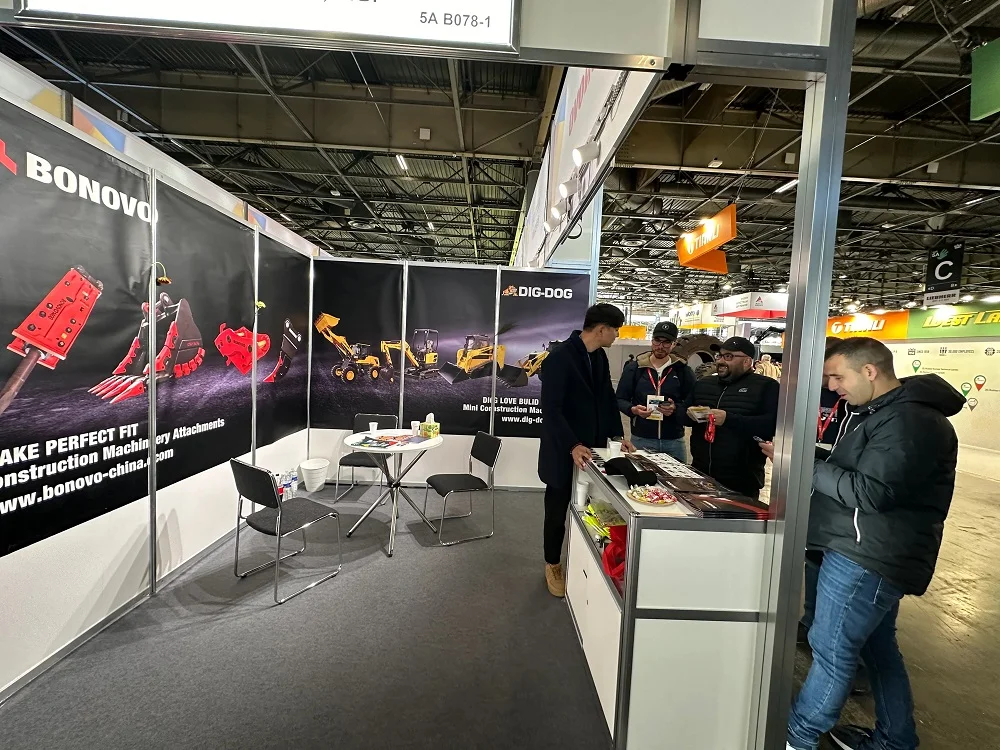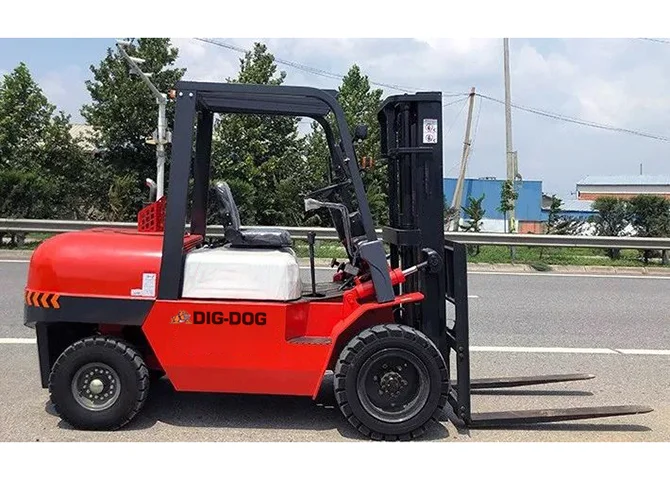If you are in the market to buy a digger, you may soon find that there are many different types to choose from. According to your project, there will be excavators more suitable for your needs. While this may seem like a complicated task, it's not. There are excavators ranging from 0.5 tons to more than 500 tons. So where to start when looking for the choice of excavator rental? We provide the most common excavators and what they are used for, as well as the jobs they are best suited for.
This is the most common excavator found at most work sites. It ranges from 6 tons to over 500 tons and is used for a wide range of projects. This type of excavator is suitable for work ranging from small construction jobs to excavations at mining sites. Digging, however, is not its only purpose. These excavators are also very convenient for material handling, dredging, site demolition and even snow removal. This kind of excavator is the most common equipment because of its many uses.
As the name suggests, these excavators are smaller or "mini" versions of standard excavators. Ranging from 0 to 5 tons, these smaller devices are usually suitable for projects in small areas. If the project space is relatively small or the access area is relatively small, this is the choice of excavator. They are often used for backyard projects such as digging pools, ponds or landscaping projects.
One of the main features of this particular excavator is that it has an extra joint on its arm compared to a standard excavator. This extra joint provides additional flexibility as it can swing from side to side while digging. It works in the same way as a regular excavator, but thanks to an extra joint, it can reach places that a regular excavator can't. Knuckle arm excavators are often used for digging around narrow Spaces or large obstacles.
As the name implies, the long arm excavator can reach a larger range. It has arms up to 39 feet long and up to 95 feet long. To give you an idea of how this compares to a standard excavator, which can only reach a maximum of 41 feet. This excavator is a perfect choice for excavating and disassembling jobs that standard excavator arms just can't reach.
Looking like something straight out of a futuristic movie, the spider digger is often considered a niche device because of its use. It is also known as a "walking excavator" because it has unique legs instead of tracks like a standard excavator. The excavator can be used on all types of terrain, including uneven ground, steep ditches or slopes. It is used for projects where standard excavators are difficult to enter or excavate on site.
Another piece of equipment used for very special projects, a swamp excavator is used in areas where work is required on water. Also known as an amphibious excavator, it's perfect for digging. It uses special tracks to float the device on the water.
The swing capacity of the zero pendulum excavator is very limited. It can only swing its arms within the limits of track width, meaning it's the perfect solution for projects in narrow areas.
Once you understand your project and its requirements, you may also want to consider some other factors before choosing your device.
Think about the site and excavator you want to use. Can you imagine it on the website? It is also important to consider any potential hazards and the needs of your site as to which excavator you will choose. The location and size of the path will largely determine the excavator you choose. After all, there's no point in using a digger that can't even work.
Other factors you need to consider are the engine power, weight, size and bucket capacity of your device. All of these factors will influence your decision and the device you ultimately choose. You may also want to consider what attachments you need, if any. Accessories include bucket, coupler, ripper and hammer. Generally speaking, you will choose the same manufacturer as your excavator for these accessories to ensure compatibility.
Because different projects will require different types of machinery, it is often more appropriate to rent an excavator than to buy one directly. Location, demand, and accessibility will all determine the equipment required, and these variables often change every time you have a new project. Because of this, recruitment is often a more flexible option for your building and mining needs.
 BONOVO Group at INTERMAT 2024 Paris Exhibiton
BONOVO Group at INTERMAT 2024 Paris Exhibiton
 A Ultimate Guide to Clamp Forklifts and Attachments
A Ultimate Guide to Clamp Forklifts and Attachments
 How To Choose The Right Compact Wheel Loader
How To Choose The Right Compact Wheel Loader
 How Much Does a Forklift Weigh?
How Much Does a Forklift Weigh?